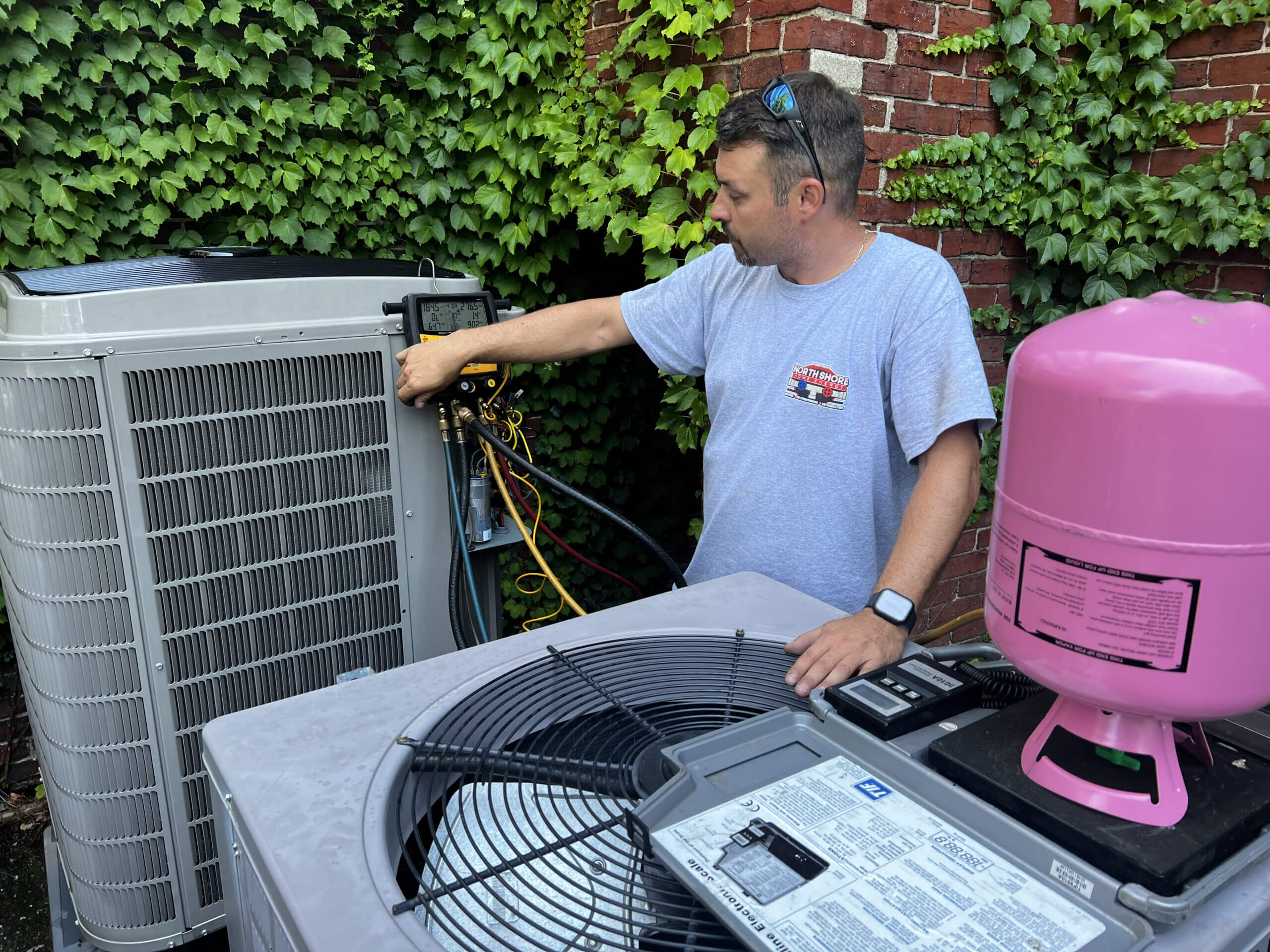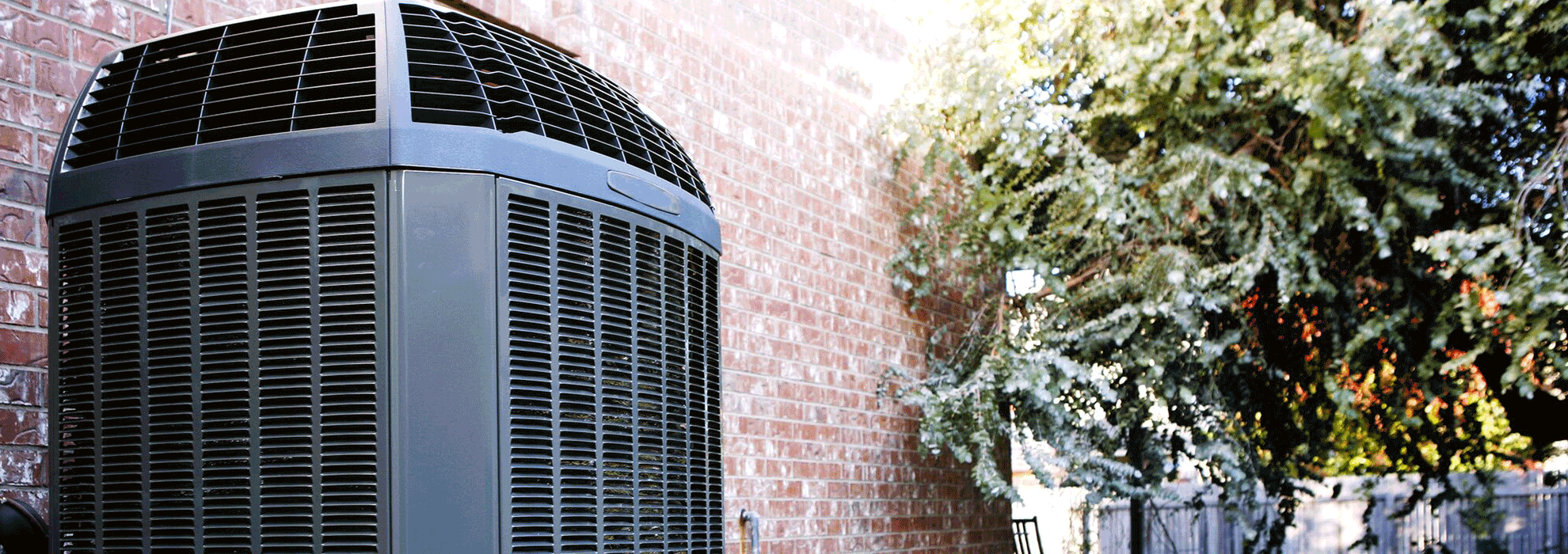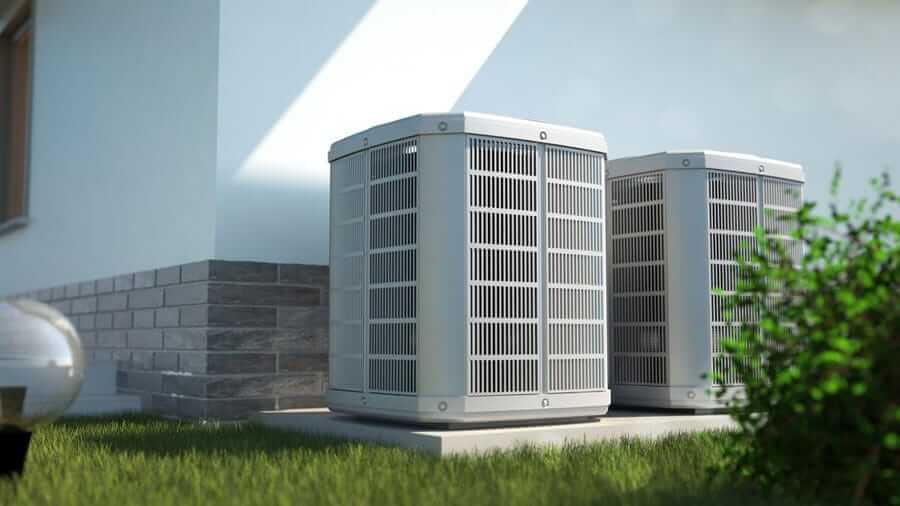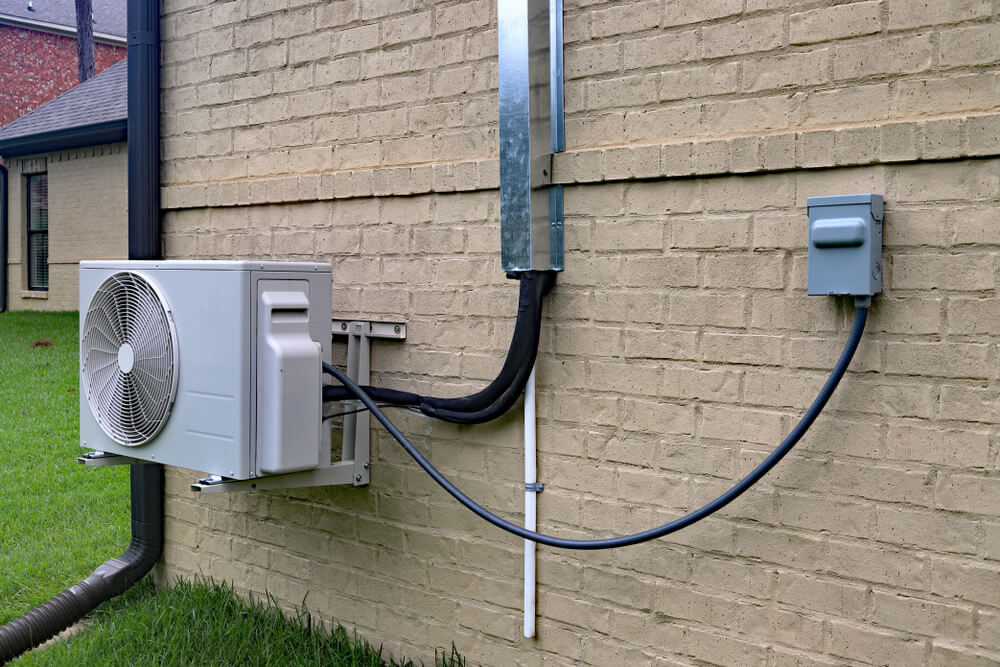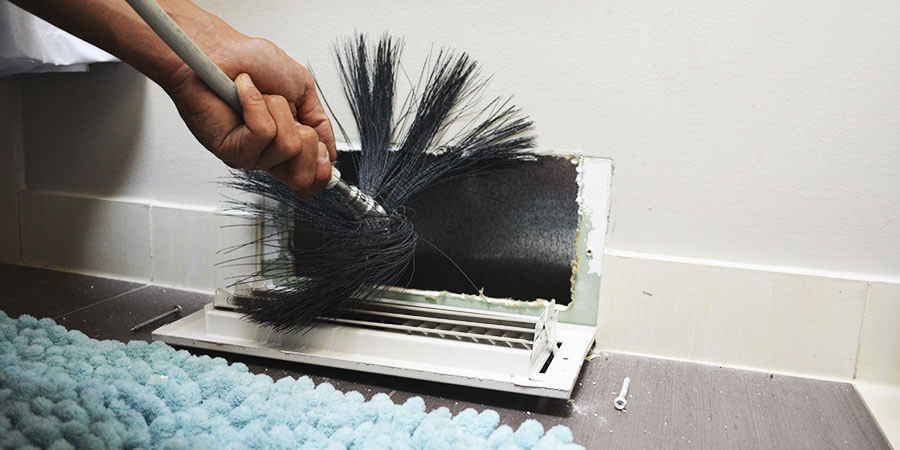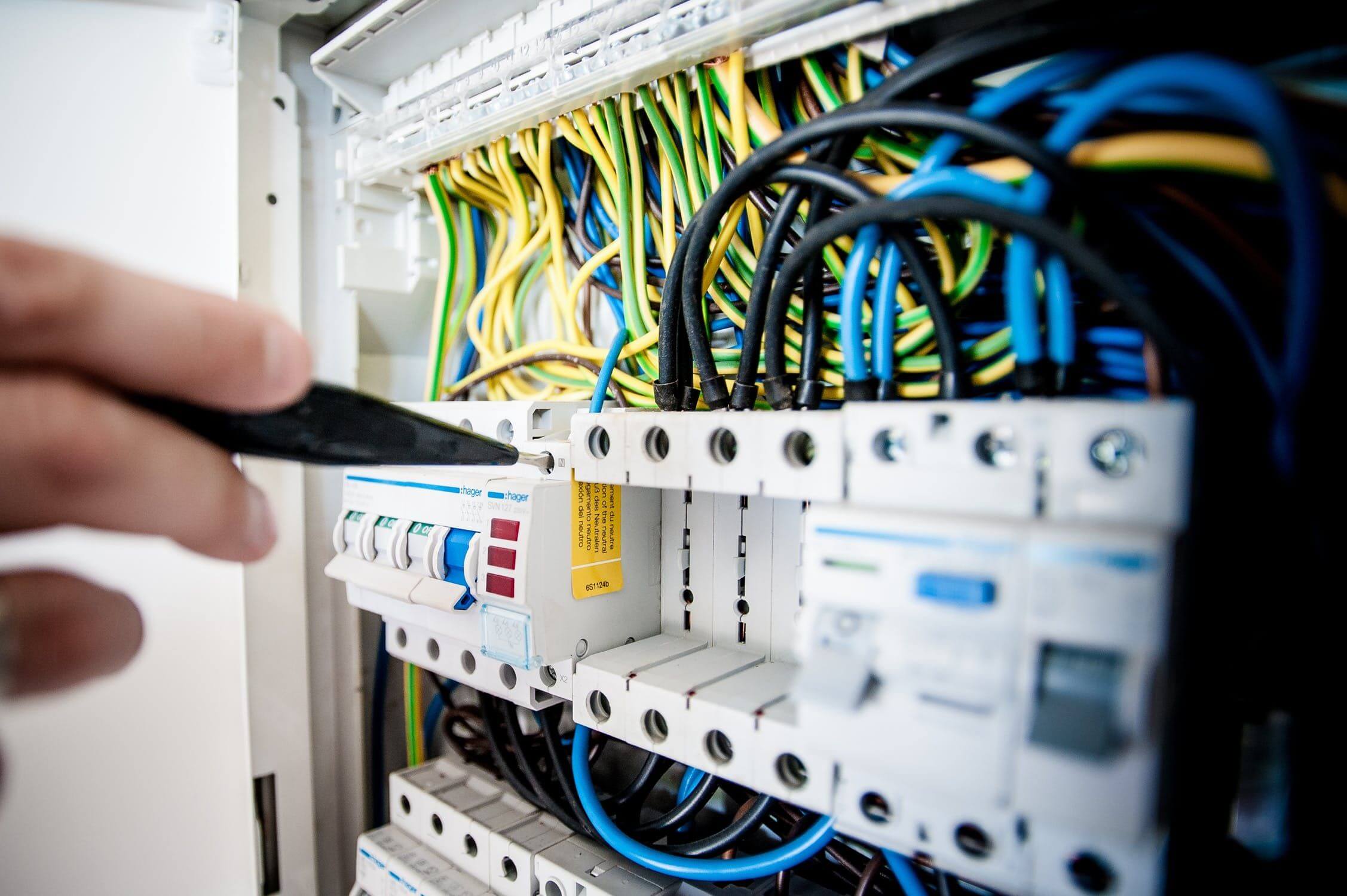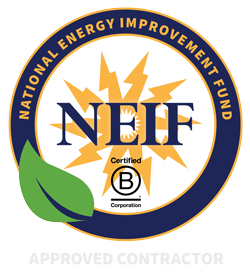You wouldn’t run the heat in the house with the windows open in the winter, would you? Of course not! Unfortunately, when you have multiple air leaks in the house, this is the exact effect happening within your home. The warm, expensive indoor air is permitted to escape the house, while chilly, winter outdoor air is allowed into the home. These air leaks can be found in many areas of the home. The attic, windows, doors, and basement are prime places for the average homeowner to lose warm air to the outdoors. You need air leak repair and you need it fast.
]If the weather in your area is beginning to get a little chilly, you may want to begin some yearly maintenance tasks to keep the cold air out of your home. If the warm air leaks outdoors, your heating unit will have to work overtime to try to keep the house comfortable. This means more wear and tear on your unit, and possibly costly repairs in the future. Additionally, you will feel chillier in the house and your heating bills will skyrocket if too much cold air is able to penetrate your home. Most of the following ten repairs are fairly inexpensive and simple to do, requiring little more than a screwdriver, a few easily found items, and a sharp pair of eyes. If you can’t afford the big tasks, like new windows or a complete insulation replacement in the attic, do what you can in other areas of the house. Tackle a few of these jobs each weekend, and you’ll be surprised at how much cozier your home is this winter.
1. Caulk and weatherstrip doors and windows that leak air.
You know what it’s like to stand in front of the door with cold air blowing on your toes from the crack under the door. Seal those door jambs and thresholds with weatherstripping. Also, pass your hand around the window frames and door frames. If you feel cool air, caulk the cracks to keep out the air
2. Install foam gaskets behind outlets and switch plates on the wall.
This is super easy to do, but it does take a little bit of time. For just a few dollars, you can buy a large packet of foam gaskets to insulate behind your light switches and electrical outlets. Simply remove the center screw that holds in the faceplate, place the foam gasket in place, and replace the faceplate and screw.
3. Install foam sealants on larger gaps on windows.
If you have larger cracks and gaps in the framing around your windows and doors, you may be better off using expanding foam to seal them up. Use this stuff carefully and always wear gloves while applying it.
4. Inspect insulation for mold and leaks.
When checking out the neglected corners of your house for air leaks, pay attention to the status of your insulation. If you have moldy insulation, you should replace it. Mold can make people very sick, and it’s an indication of dampness that can lead to rotten wood. Make sure there are no gaps or leaks in your insulation .
5. Cover or replace single-pane windows. If you seek replacement, install efficient double-pane windows instead.
While it can be expensive to replace the windows in your home, installing efficient double paned windows can save you big money over the years and keep your home more comfortable. The air space between double paned windows serves as insulation to allow light in, but keep cold air outside. If you can’t afford new windows at this time, using a window insulation kit or heavy insulated drapes can help keep winter drafts at bay.
6. Cover the kitchen exhaust fan when you are not using it.
The kitchen exhaust is like a huge chimney and can vent your indoor air if you don’t pay attention to it. You can cover this opening with a dishtowel using Velcro type attachments. However, it is very important to not forget to remove it before you turn on the fan. Also, don’t make the mistake of shoving an old rag in the opening. If someone doesn’t know about it or forgets to remove it before turning on the fan, the rag can be sucked up into the exhaust fan, completely ruining the appliance.
7. Seal air leaks around furnaces, chimneys, or water heater vents with fire resistant materials.
Be sure that when you insulate and seal around potential fire hazards that you use fire retardant materials. Places like chimneys, furnaces, and hot water heater vents can get very hot. Flammable materials could ignite in these places.
8. Check your dryer vent for any blockage.
While you’re checking around the dryer vent, you may want to make a quick inspection of the dryer vent. If the dryer vent is blocked this is a fire risk.. Also, your dryer will be very inefficient without maximum airflow.
9. Check attics, basements, and crawl spaces for air leaks before the winter begins.
Look around in the frequently overlooked areas of the home for cold air leaks. Attics, basements, and crawl spaces can be places where cool air can enter the home. Close the vents to crawl spaces to keep cool air out. Shine a flashlight in dim corners to ensure that rodents or other critters haven’t chewed holes in unexpected places. Seal up cracks with putty or caulk, and make sure the insulation in the attic hasn’t been disturbed.
10. Seal air leaks around any plumbing or electrical fixtures coming from the walls, floor, and ceiling.
Any time an electrical or plumbing fixture enters the house, there’s a chance that the opening through the wall isn’t sealed well. Double check these areas, and use foam insulation or caulk to close up holes where cold air can invade. Look behind toilets, under sinks, where the refrigerator water line enters the house, and where the dryer vent exhausts to the outdoors.
For More Information on Air Leak Repair, Call NSHEC Today!
Contact North Shore Home Energy Today for the Best in HVAC Work!
Check Out Our Current Specials!
Read The Great Things That Your Neighbors Are Saying About NSHEC.
By nshec
